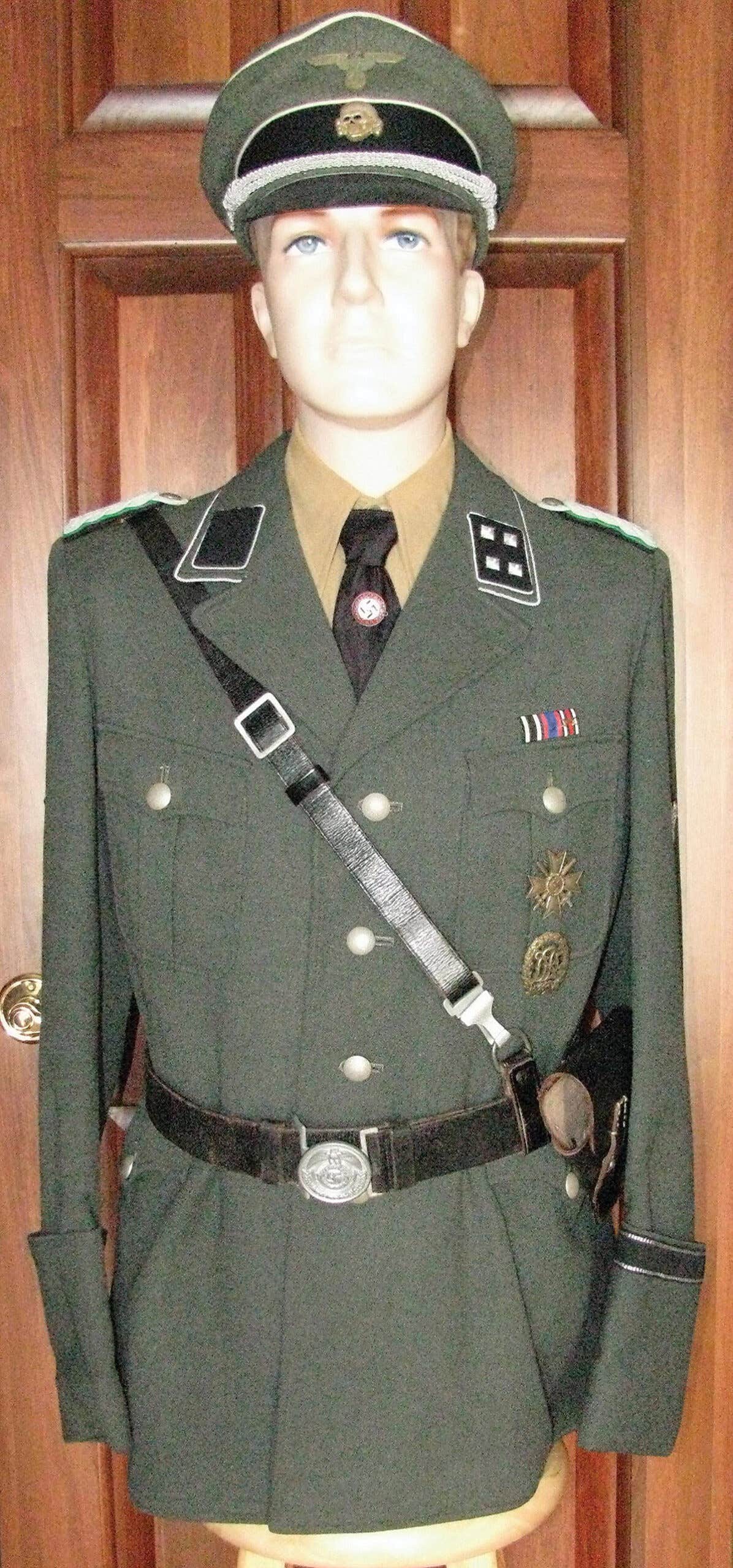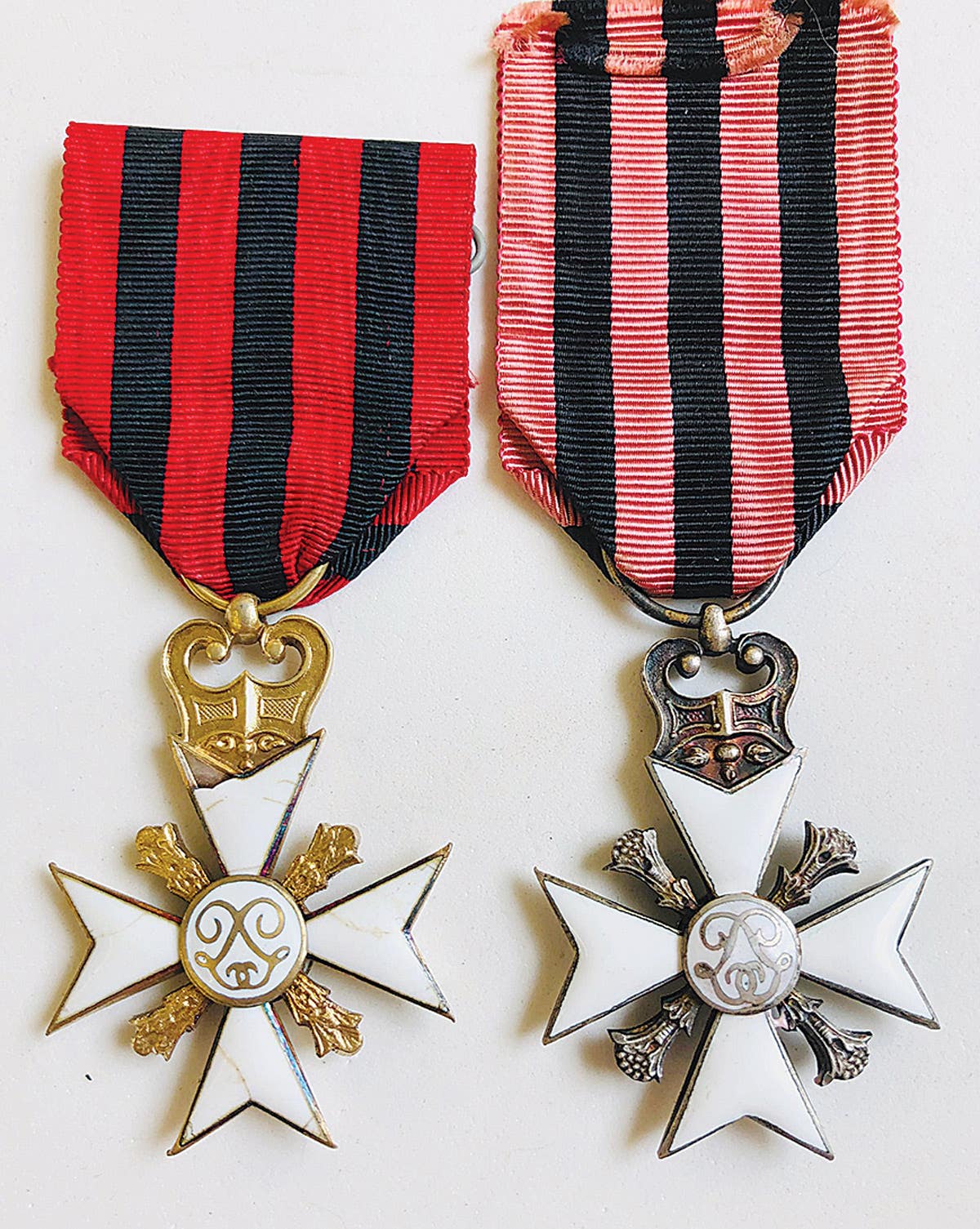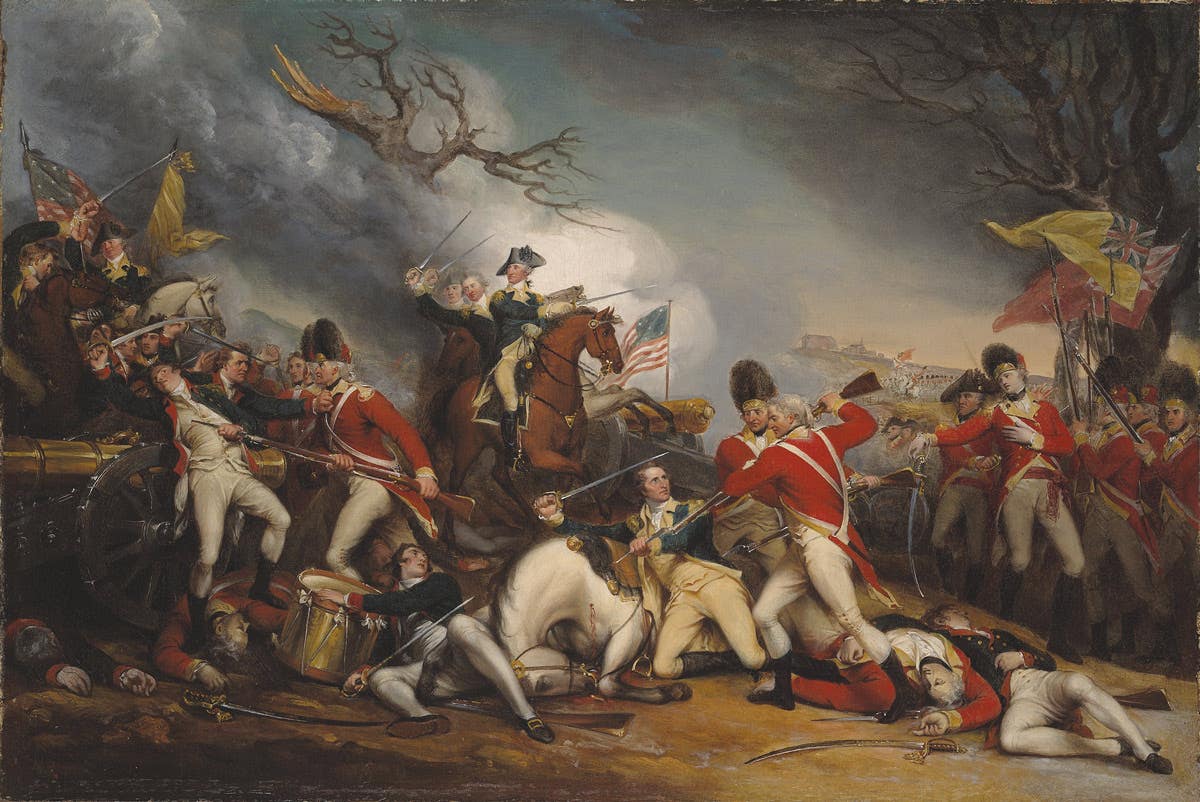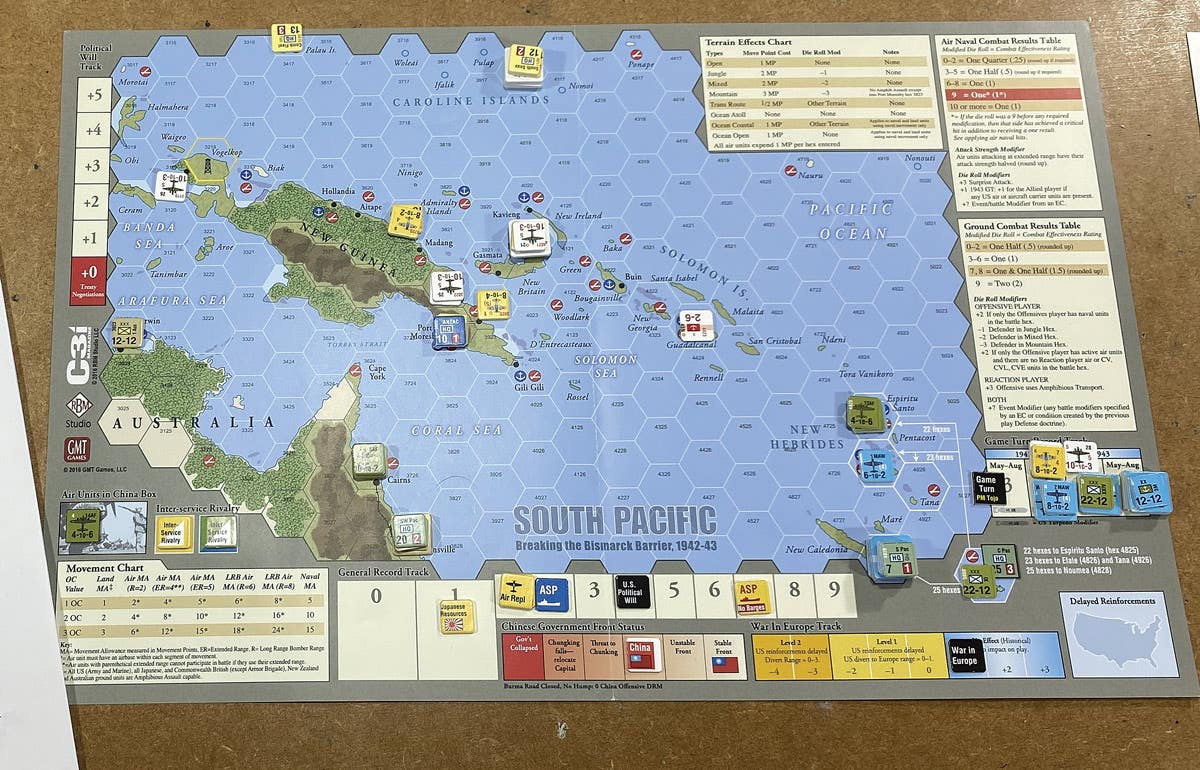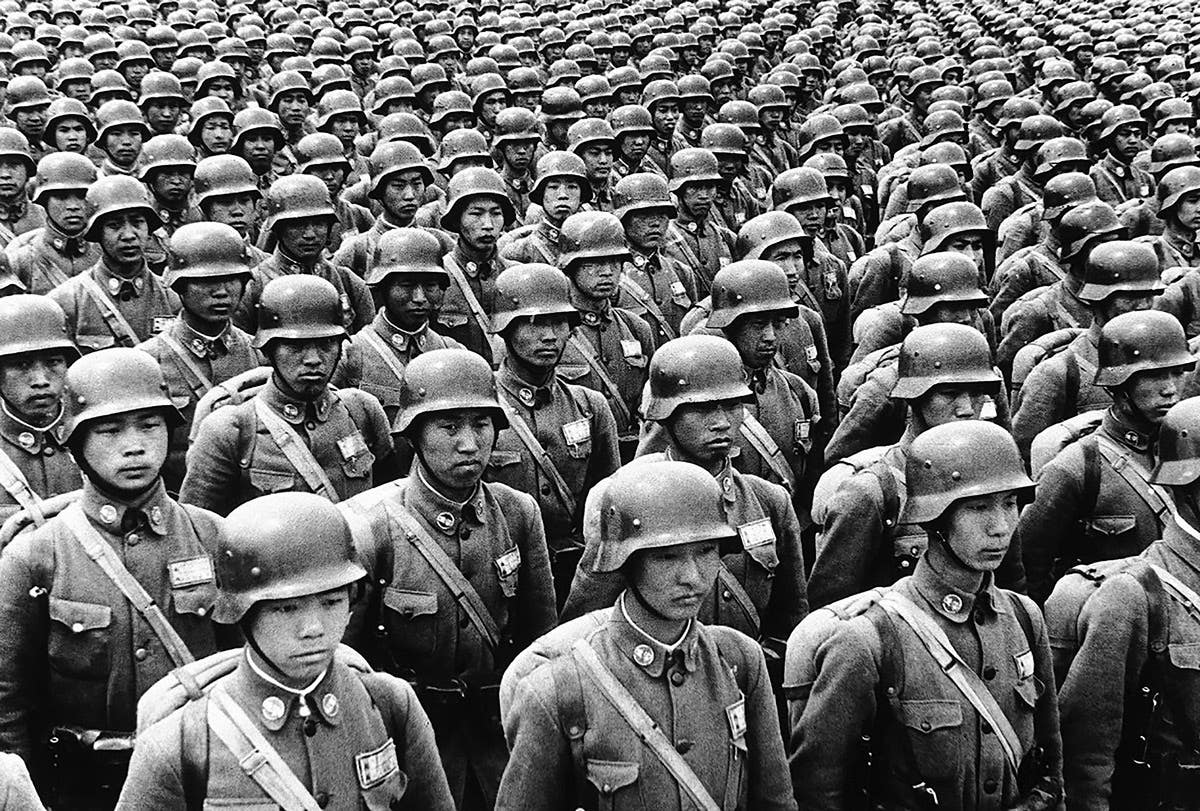‘Deutsche Lebens-Rettungs-Gesellschaft’: the German Life Saving Association
Hitler knew that a soldier’s ability to swim was necessary once they were sent into combat. The DLRG was charged with teaching both civilians and military to swim.
During medieval times, a limited number of people in Germany had practiced a living by fishing or gathering the waterways’ bounty. Many in inland communities lost the ability and motivation to swim, with some areas even outlawing swimming as a way to prevent the frequent drownings of those who ventured too close to the edge of a pond or river.
In the 19th century, the “Haloren”, salt miners from the Halle area, taught their children how to swim, setting an example to others in their community. As learning of the sport and lifesaving techniques spread, swimming in Germany became an enjoyable pastime for those lucky enough to live near the ocean beaches, or numerous lakes and rivers. River bathing establishments were set up in the 1800s that provided separate sectioned swimming areas for men and women, and places for food venders anxious to sell their goods to the leisure crowds. Despite the pastime being enjoyed by many people, plenty of other Germans, often living in urban areas with little access to affordable facilities, still did not learn how to swim.
On July 28, 1912 a crowded wooden pier in the seaside resort town of Binz, held more than 1,000 travelers waiting for the “Kron Prinz Wilhelm” steamship to arrive. Under the straining weight, the pier collapsed, sending a chaotic jumble of tourists into the deep water. Nearby German sailors were able to rescue most of the floundering swimmers, but 16 unfortunates who were unable to swim drowned in the confusion under the churning waves. On October 19 of the following year, the Deutsche Lebens-Rettungs-Gesellschaft (DLRG - German Life Saving Association) was formed and quickly gained membership. The purpose of the group was to teach swimming, lifesaving, self-lifesaving, first aid, and the helping of authorities with water hazards during floods.
When Adolf Hitler and the “Nationalsozialistische Deutsche Arbeiterpartei” (NSDAP – Nazi Party) came to power in 1933, building an expanded military for “Lebensraum” (the conquest of additional needed lands for growth) was a top priority for the new Fuhrer. Having experienced four years of brutal combat in the battlefields of the First World War, Hitler knew that a soldier’s ability to swim was necessary once they were sent into combat. As such, the DLRG was charged with teaching both civilians and military personnel needed swimming skills.
The leadership of the DLRG was given to Hans von Tschammer und Osten, “Reichssportfuhrer” (National Sport leader) and head of the “Nationalsozialistischer Reichsbund fur Leibesubungen” (NSRL – NSDAP National Sports League), the umbrella organization over all organized sports of the Third Reich. Von Tschammer was a leader in the “Sturmabteilung” (SA - stormtroopers) and a devoted National Socialist. He promoted sports to the public, including swimming, in elaborate events meant to demonstrate “Aryan” superiority, Germanic beauty and “Volksgemeinschaft” (the concept of the German national community).
An underlying reason for the emphasis on sports was to harden German youth in preparation for future military service. All those joining the Hitler Youth (which became mandatory for each “Aryan” child of age as of 1939) were required to know how to swim, in conjunction with learning basic lifesaving in order to help stricken comrades. In 1938, the DLRG’s name was changed from the “Deutsche Lebens-Rettungs-Gesellschaft” to the Deutsche Lebens-Rettungs-Gemeinschaft (German Life Saving Community). As the NSDAP government grew in power, citizens of the regime were judged by the number of party-sponsored groups they belonged to as a sign of national loyalty. As was the case with many other social and professional organizations, being a member of the DLRG was viewed as a civic accomplishment with young followers learning the skills needed to be awarded the membership certificates, and proudly wearing the different badges.
To qualify for membership in the DLRG, men or women needed to take proficiency swimming and lifesaving tests with ascending award certificates bestowed to the candidates after completion of each level. The first test qualified the participant for the basic certificate, and the ability to wear the “Grundschein” pin and DLRG sports patch. The small pin was a bronze oval with standing eagle, facing the letters “DLRG” surrounded by an oakleaf wreath under the word “Grundschein”. The cloth membership sports patch followed the same basic design with a black eagle perched on a green mound over blue water, facing green capital “DLRG” letters. The sports patch could be worn on either a recipient’s swimwear or sports jacket.
With more stringent testing, candidates could earn the “Leistungsschein” (performance) or the “Prufungsschein” (test) certificates with accompanying badges. The final level was for a “Lehrschein” (instructor) certificate. The instructor level pin was silver with the word “Lehrschein” across the top. Most of these small badges came in either a pinback, or the more popular stickpin version.
Several different awards were given to people who had saved another person from drowning. The first was for non-members of the DLRG who had not been formally trained in lifesaving skills by the organization. DLRG members did not qualify for this award as it was thought that for a member to save a swimmer in distress was just “doing their job.” Members of the DLRG who showed signs of heroism above and beyond their training were awarded a DLRG Lifesaving Badge. This silver- toned oval (57mm by 40mm) badge depicted the DLRG eagle surrounded by an oakleaf wreath, perched on a mound over flowing waves facing the bold letters “DLRG”. The pinback badges were worn on the lower left breast of jackets and uniforms.
Unlike many of the other groups associated with the dictatorship of Adolf Hitler, the DLRG lived on after the Fuhrer and the NSDAP came to their sudden end in 1945. By the 1950s, the group had expanded dramatically, growing an organization that today boasts close to 600,000 members in 2,100 local groups. This makes it the largest water rescue group in the world.
The basics of the current DLRG teach swimming, boating, first aid, diver rescue, rapid water rescue and communications. Not serving the same underlying intentions as those of the past Third Reich leadership, today’s DLRG provides skills needed to offer safe watersport environments for swimmers and boaters, and help government officials during natural disasters.
Here are a dew more articles form Chris William for your reading enjoyment
Chris William has been a long-time member of the collecting community, contributor to Military Trader, and author of the book, Third Reich Collectibles: Identification and Price Guide.
"I love to learn new facts about the world wars, and have had the good fortune to know many veterans and collectors over the years."
"Please keep their history alive to pass on to future generations".



